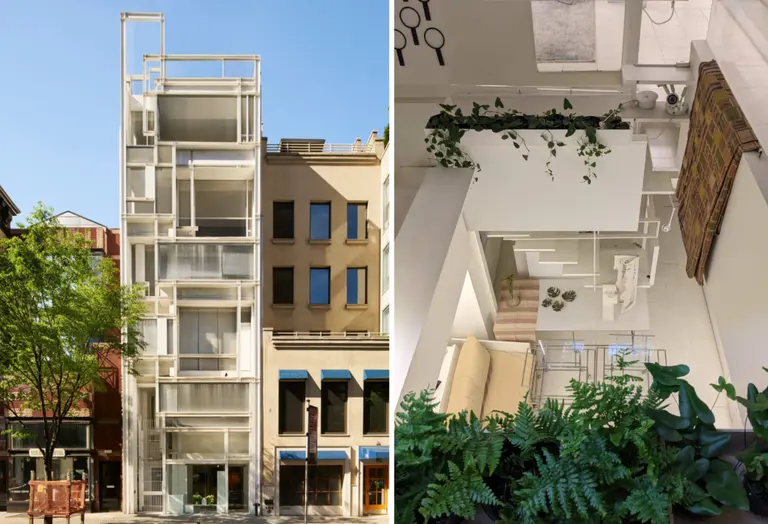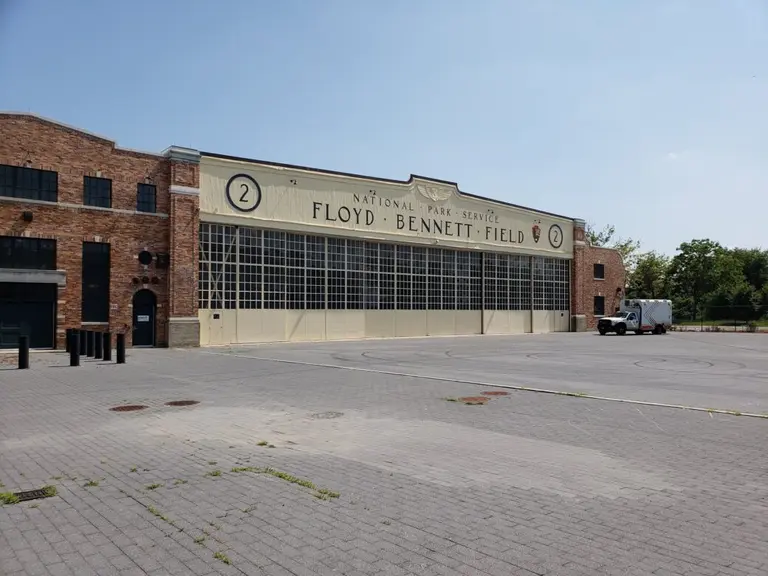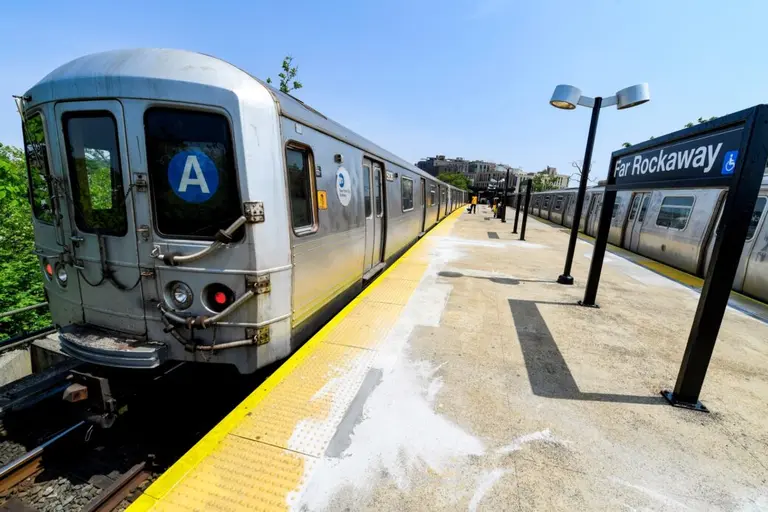NYC nixes $157M ‘Internet Master Plan’ for universal public broadband access

Image via WikiCommons
Nearly three years ago, Bill de Blasio’s administration announced the Internet Master Plan, which would build municipal broadband infrastructure in poor neighborhoods. Under the plan, a collection of internet service providers would make use of the city’s own infrastructure–rooftops and utility poles, for example–to offer fiber optic networks to underserved zones. NYCHA buildings would also get wired under the plan, guaranteeing residents of the city’s public housing developments affordable high-speed internet access. The city was prepared to spend $157 million on the plan. Now, after being put on hold when Mayor Eric Adams took office, the city’s Office of Technology and Innovation (OTI) has confirmed that the plan is officially off the table, Gothamist reports.
Launched in 2020, the ambitious initiative hoped to connect 1.2 million New York City residents to free or low-cost high-speed internet. The biggest group to benefit from the plan would have been the city’s poorest residents, who make up a disproportionate number of the approximately 1.5 million people who have neither home nor mobile internet connection.
A pilot program brought free or affordable broadband to a handful of NYCHA developments. By 2021, despite the Covid crisis, the city had chosen a number of local businesses–half of which were helmed by women or people of color–to install fiber optic cable.
When Adams took office in 2022, the plan stalled. During the subsequent months, tech-related city agencies were reorganized under an umbrella agency, OTI. In the spring, city lawmakers were informed that the plan was “under review.” Some of the businesses who had been selected to participate in the plan were left hanging, having already invested in infrastructure necessary for the job.
The topic of public internet access took center stage again in September, when Adams announced the launch of Big Apple Connect, as 6sqft previously reported, a plan that would rely on existing large cable conglomerates Altice and Charter to provide NYCHA residents with free internet access for three years (the city was reportedly trying to negotiate a deal with Verizon to become the third franchise to participate in the program); it isn’t clear whether the free internet service would be extended after three years, or whether residents would be charged for the service after that period.
City council members were generally in favor of free internet access for NYCHA residents, but found the new plan’s $90 million price tag excessive, citing the already-existing federal Affordable Connectivity Program that offers the same service.
Last month, NYC Chief Technology Officer Matthew Fraser announced that the original Internet Master Plan was no more, citing the need for an immediate fix based on resources already in place rather than “looking at these long-term monolithic programs.”
The city’s current plans to provide public internet access include Big Apple Connect and a focus on providing faster connection speeds in the city’s public schools, improving connectivity in public buildings and installing LinkNYC 5G kiosks. In December, the city announced the launch of the Queens Gigabit Center, offering local senior citizens computer classes and high-speed internet.
While it is expected to be the “largest municipal program to cover the cost of internet for public housing residents in the nation” when it launches, the future of the Big Apple Connect program is only known for the next three years, raising questions about a more robust future for public broadband access.
And, though the shelving of previous initiatives is common as one administration transitions to the next, some technology policy experts, like Council Member Jennifer Gutierrez, who is chair of the technology committee, have emphasized the need for looking beyond the existing big communications companies–and to include women- and minority-owned businesses–for its plans for internet expansion.
RELATED:




























